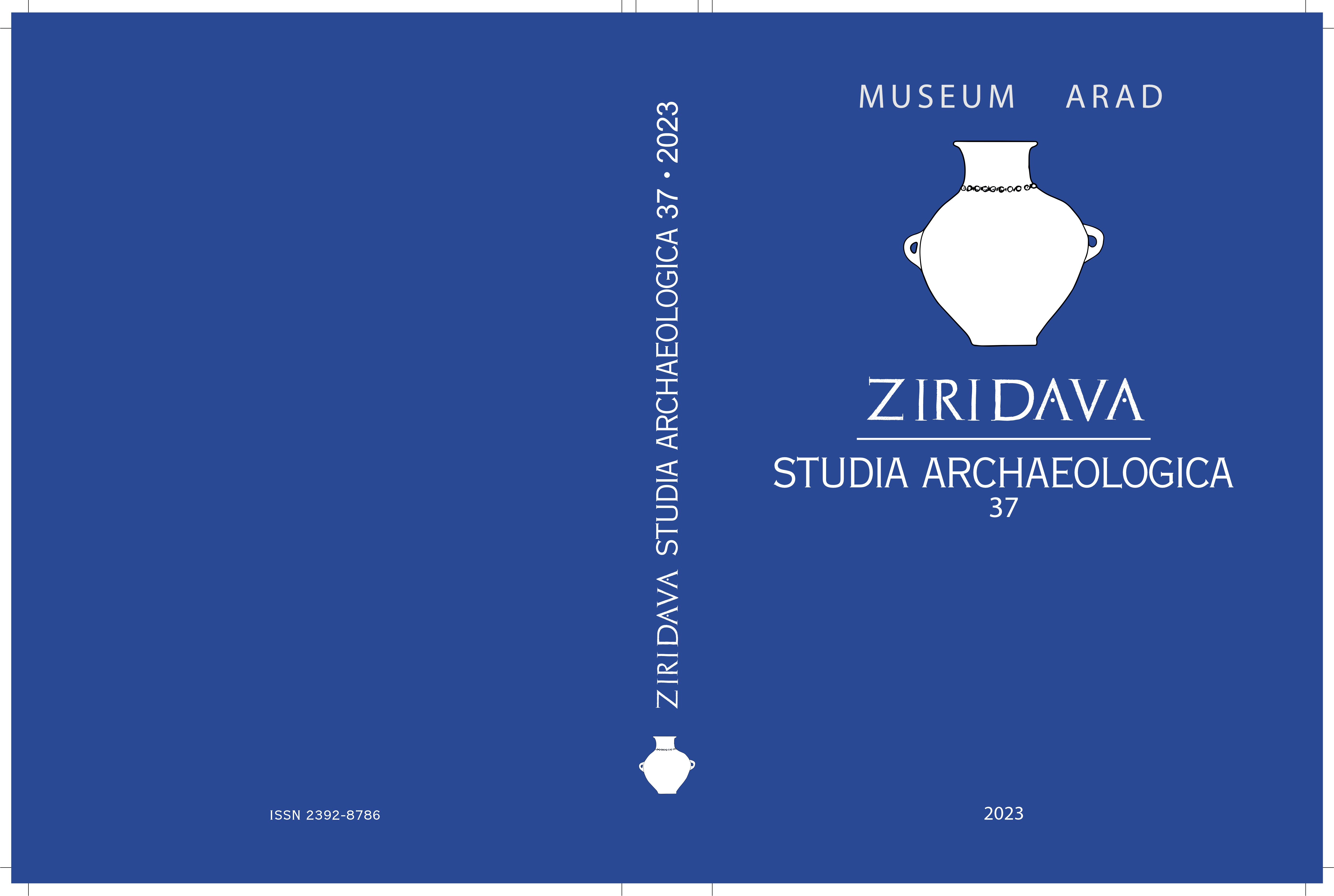Agriculture and Subsistence on the North-Eastern Periphery of the Carpathian Basin – Early Middle Age Settlements from North-Western Romania
(Second Half of the 7th Century ‒ 9th/10th Century)
Agriculture and Subsistence on the North-Eastern Periphery of the Carpathian Basin – Early Middle Age Settlements from North-Western Romania
(Second Half of the 7th Century ‒ 9th/10th Century)
Author(s): Ioan StanciuSubject(s): Archaeology
Published by: Editura Mega Print SRL
Keywords: agricultural activities; consumption; specific artefacts; economic structures; regional trend;
Summary/Abstract: Similarly to many other regions, habitation in the examined geographical area was exclusively rural during the Early Middle Ages, community sustenance being conditioned by land farming and/or animal breeding. Overall natural conditions favoured soil cultivation and animal husbandry, while certain micro-area trends may be assumed. We discuss here artefacts directly related to primary soil working and harvesting, but also items indirectly referencing certain aspects of the consumption of agricultural products, products, grains firstly. Regarding animal husbandry, decisive information is provided by the archaeozoological material. Furthermore, various structures within the settlements, which fulfilled an exclusively economic role or had mixed functions were briefly commented, although explanations are in some cases unsecure. The settlements’ internal layout (investigated to one extent or another) offers relative possibilities of interpretation in terms of social and economic organization, in some sites household units being also discussed. Demographic growth occurred not just in north-western Romania during the 7th ‒ 8th century, which must have vivified farming activities in direct relationship with increased food needs. By contrast to the previous chronological segment (second half of the 6th century and first half of the 7th century), archaeological records evidence serious advances in agriculture also connected to shifts in the social set up. Last but not least, this study mirrors the current state of research and rather unsatisfactory knowledge and emphasizes the critical need for interdisciplinary research.
Journal: Ziridava. Studia Archaeologica
- Issue Year: 37/2023
- Issue No: 1
- Page Range: 167-228
- Page Count: 61
- Language: English

